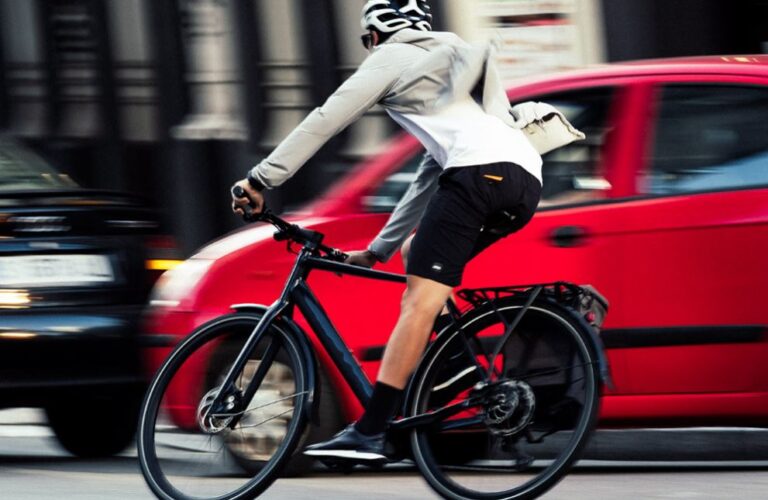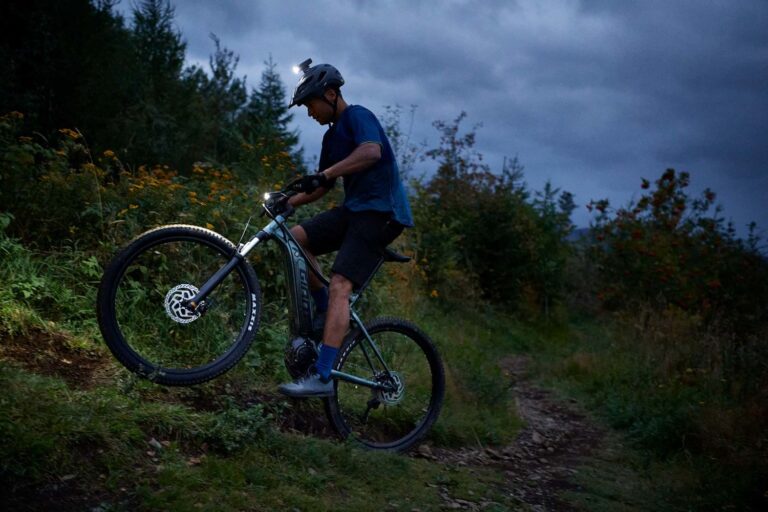Drivetrain Options for Road E-Bikes: A Cyclist’s Guide

Key Point Summary of Drivetrain Options for Road E-Bikes:
- Drivetrain Essentials: Understand the basics of what makes up your e-bike’s drivetrain.
- Gear Systems Galore: Dive into the types of gear systems available for road e-bikes.
- Electronic Shifting 101: Learn why electronic shifting might just be the game-changer you need.
- Choosing Your Match: Tips on picking the right drivetrain for your riding style and needs.
Hey there! If you’re diving into the world of road e-bikes, you’re in for a treat. As someone who’s spent a good chunk of their life racing and riding across different terrains—mountain bikes, gravel, cyclocross, you name it—I’ve seen how the right drivetrain can make or break your ride. Whether you’re just starting or you’re looking to level up your e-bike game, I’m here to share some insights on drivetrain options, focusing on gear systems and electronic shifting. Let’s make this journey as smooth as your ride.
Drivetrain Essentials
The heart of your road e-bike’s performance lies in its drivetrain. This critical component is what turns your pedaling into motion, helping you conquer hills and speed down roads with ease. The drivetrain includes your gears, chain, crankset, cassette, derailleur(s), and in the case of e-bikes, integrates with the motor for that extra push when you need it.
Gear Systems Galore
When I first started riding, gear systems were a bit of a mystery. But over time, I learned the ins and outs, which made all the difference in how I tackled different terrains. For road e-bikes, you typically encounter two main types: the traditional chain-driven system and the increasingly popular belt drive system.
- Chain-Driven Systems: These are your classic setups that use a chain to connect the crankset to the rear cassette. They’re versatile, allowing for a wide range of gears, which is great for climbing steep hills or accelerating on flat stretches. My first mountain bike had a basic chain-driven system, and it taught me the importance of regular maintenance to keep everything running smoothly.
- Belt Drive Systems: Then, there’s the belt drive system. Think of it as the quiet, low-maintenance cousin of the chain drive. Made from durable materials like carbon fiber, belt drives don’t require lubrication and are less prone to wear and tear. I switched to a belt drive on my gravel bike a few years back, and the difference in noise and upkeep was a game-changer for those long, gritty rides.
Electronic Shifting 101
Now, let’s talk about electronic shifting—a feature that’s becoming more common in road e-bikes. Unlike traditional mechanical shifting that relies on cables, electronic shifting systems use battery-powered motors to change gears. The result? Lightning-fast, precise shifts with just the push of a button.
I remember my first ride with an electronic shifting system; it felt like stepping into the future. The ease of shifting and the ability to maintain cadence without fumbling for gears was a revelation. Especially on long rides, where fatigue sets in, electronic shifting can help you keep your focus on the road ahead.
Choosing Your Match
So, how do you choose the right drivetrain for your road e-bike? Here are a few considerations:
- Riding Style: Think about where you’ll be riding. Steep hills? Long flats? Your terrain will influence the range of gears you need.
- Maintenance: If you’re not keen on regular maintenance, a belt drive system with electronic shifting might be up your alley. It’s quieter, cleaner, and requires less upkeep.
- Budget: Keep in mind, electronic shifting systems and belt drives can be pricier. Decide how much you’re willing to invest in ease of use and maintenance.
Drivetrain Options for Road E-Bikes: Wrapping Up
Diving into the world of road e-bikes and their drivetrains can feel overwhelming at first. But with a bit of knowledge and some hands-on experience, you’ll find the perfect setup that suits your style and needs. Whether you’re all about the classic feel of a chain-driven system or you’re ready to embrace the future with electronic shifting, the most important thing is to get out there and enjoy the ride. Remember, the best bike isn’t necessarily the one with the most advanced technology, but the one that brings you the most joy on the road.
Pairing the right road e-bike with its ideal drivetrain can significantly enhance your riding experience. Here are two combinations that stand out for their performance, reliability, and overall riding joy. These suggestions cater to a range of cyclists, from those looking for top-tier innovation and performance to riders who value durability and minimal maintenance.
Specialized Turbo Creo SL
The Specialized Turbo Creo SL reimagines what an e-road bike can achieve, boasting a drivetrain designed for smooth, efficient power transfer and precise shifting. At its core, this bike features a Praxis Carbon crankset paired with an M30 Spindle Interface, ensuring a lightweight yet robust foundation for pedaling. The drivetrain is further enhanced by a SRAM Red XPLR eTap AXS rear derailleur, coupled with SRAM Red eTap AXS shift levers, offering wireless electronic shifting that’s both quick and reliable.

The gear range is broad, thanks to a SRAM XPLR, XG-1271, 12-speed cassette with a 10-44t range, perfectly suited for tackling varying terrains at high speeds. The chain, a SRAM XX1 Eagle, known for its durability and smooth operation, rounds out the drivetrain components, ensuring seamless power transmission from the pedals to the road. This setup, optimized for e-road cycling, delivers a ride experience that’s not just about speed but also about enjoying the journey with effortless control and confidence.
Trek Domane+ LT
The Trek Domane+ LT elevates the e-road biking experience with its refined drivetrain, featuring FSA Alloy cranks with 50/34 chainrings matched to frame sizes for optimal efficiency, and Shimano Ultegra R8020 shifters paired with Ultegra R8000 front and rear derailleurs, ensuring smooth and precise gear changes. The inclusion of a Shimano Ultegra HG800, 11-34, 11-speed cassette and a Shimano Ultegra HG701, 11-speed chain, delivers a broad gear range and exceptional durability, making it adept at handling varying terrains with ease. This setup harmonizes advanced components to provide a seamless blend of speed, endurance, and control.

These combinations of road e-bikes and their respective drivetrains offer cyclists advanced technology, performance, and comfort, making them excellent choices for enthusiasts and serious riders alike.
Happy riding!
John
FAQ
Which drive is best for electric bike?
The mid-drive motor is often considered the best for electric bikes, especially for road and mountain biking. It offers better weight distribution, improved handling, and more efficient power use with the bike’s gears.
What is the drivetrain on an ebike?
The drivetrain on an e-bike includes the electric motor, the battery, the controller (which manages power flow from the battery to the motor), the gears, the chain or belt drive, and the shifters. It’s responsible for converting electrical power into mechanical motion.
What is the drivetrain on a road bike?
The drivetrain on a road bike consists of the crankset, bottom bracket, chain, cassette (rear gears), front and rear derailleurs, and shifters. It does not include electric components and is solely powered by the rider’s efforts.
What are the drive modes on e-bikes?
E-bikes typically come with multiple drive modes such as Eco, Normal, and Boost (or Turbo), which adjust the level of motor assistance provided. Some models may also include a Smart or Auto mode that automatically adjusts assistance based on riding conditions.





